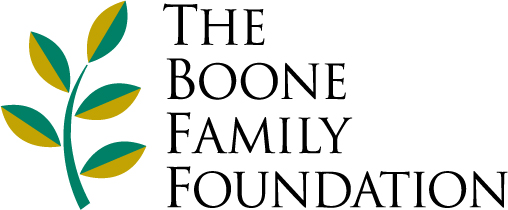Highlights from an article in Dallas South News
By Jim Frisinger, U.S. Army Corps of Engineers
Birders headed out in a chill wind for a January outdoor adventure in the backyard of Dallas’ historic Joppa Community. At the end of Fellows Lane, they stepped through a kind of looking glass into the Lower Chain of Wetlands built by the U.S. Army Corps of Engineers and City of Dallas that both reduces flood risk and creates new wildlife habitat. Their goal: to participate in the quarterly Trinity Bird Count.
Enjoying nature in the corridor
Every three months for the past year, bird-counting teams have moved out into the forest, bushes, prairies, floodway and wetlands along the Trinity River to take stock of the diversity of the avian population and visit some of Dallas’ most forgotten public lands.
“Our goals are to learn more about the birds that are in the Trinity River Corridor and to get people out to enjoy nature in the corridor,” said Karen Walz, who manages the count. The effort is sponsored by the Trinity Commons Foundation and funded by a grant from The Boone Family Foundation and others. The Trinity River Audubon Center is an active partner in the bird count.
Bird counts are important for bird conservation because they give researchers critical information about key species, according to the project’s website. Insights about birds and their habits help researchers examine larger environmental issues such as climate change and habitat conservation.
The bird count divides the Trinity River corridor in Dallas County into seven areas. On Jan. 28 we are at Area 5, the series of wetlands adjacent to the Trinity River. The cold wind has driven a lot of waterfowl into shelter, but the count is still considerable. By the end of the morning 43 different species are spotted according to the official count, bringing the count to 97 for this area across four seasons.
What many of the birders don’t realize is the uniqueness of Area 5.
This birding spot was once part bottomland forest, part Sleepy Hollow Golf Course, part dump. It’s now a new man-made ecosystem, which also reduces flood risk for Dallas, conceived through years of collaborative planning between the City of Dallas and U.S. Army Corps of Engineers. The result was is a new chain of wetlands, surrounded by a collar of prairie, which presents a path through the Great Trinity Forest. That allows for a more efficient conveyance of flood waters and thereby reduces flood elevations along the southern Trinity River corridor between downtown Dallas and Loop 12.
